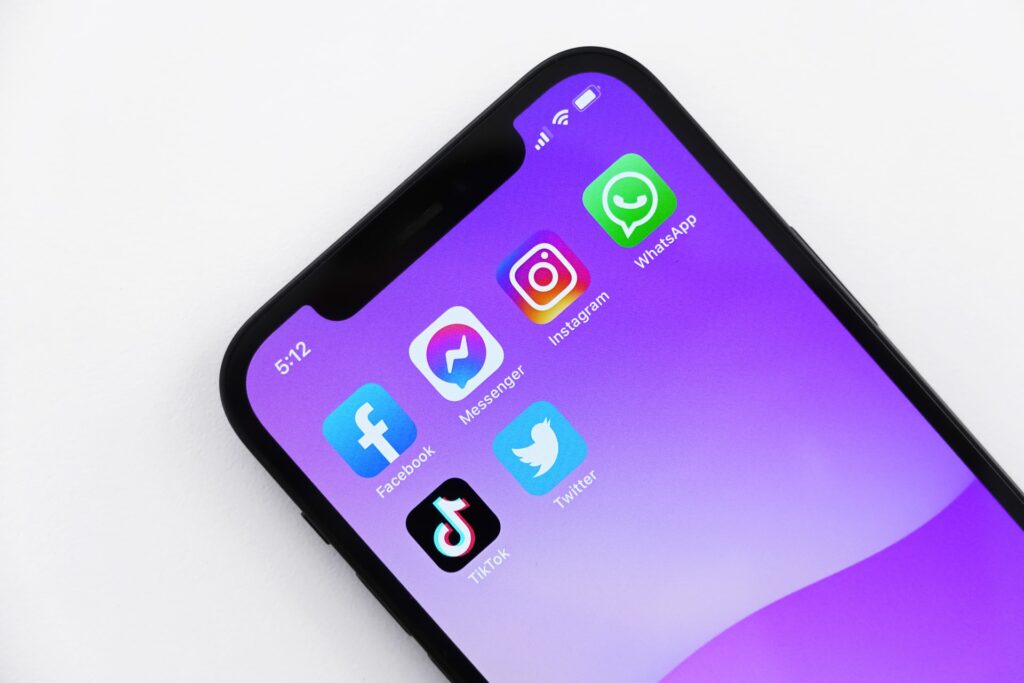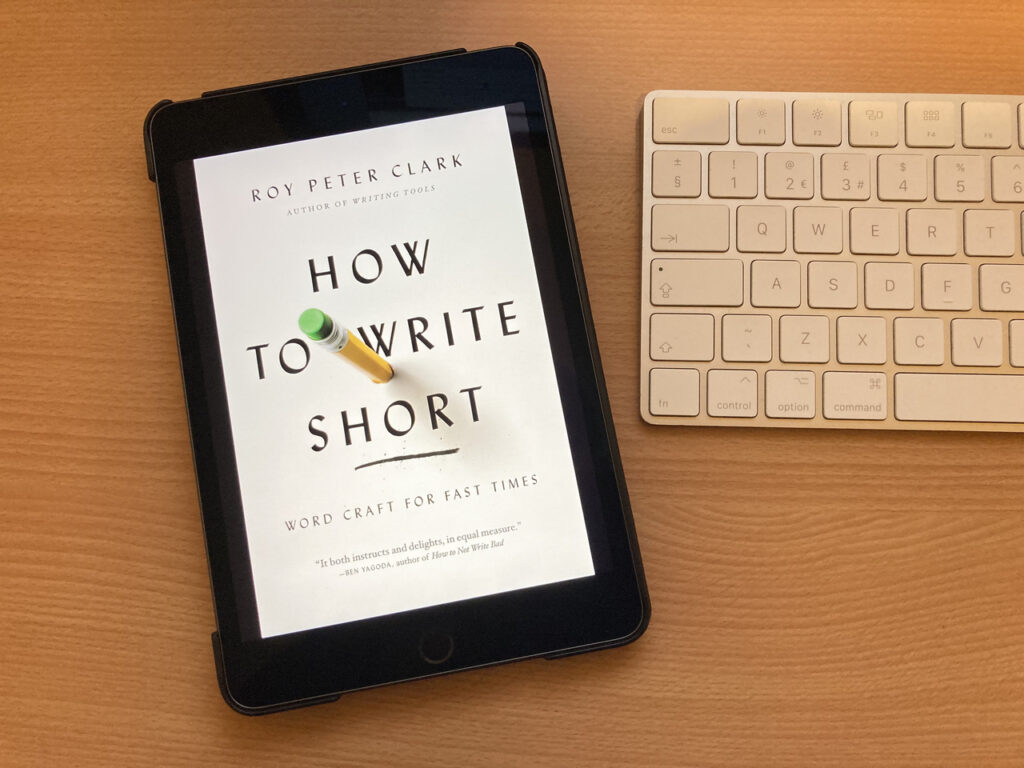
Opportunity is knocking. It’s knocking loud and it’s knocking clear.
The best part? To benefit from this spectacular opportunity you just need to be yourself.
Allow me to explain.
It starts with a statement of fact: Your opinions are exactly that. They’re yours. They’re as specific to you as your unique blend of life experiences and lessons.
Conversely, artificial intelligence doesn’t have an opinion. Everything about its knowledge base is artificial.
Instead, AI is fed with masses of data. And it’s trained by groups of AI experts. One of the primary tasks of AI trainers, is to keep their AI as neutral to everyone as possible. And in seeking not to offend anyone, AI lacks even an artificial opinion.
In stark contrast
No person who has ever lived is neutral. Unlike AI, we not only have an opinion, we have countless opinions. This includes the opinions and feelings we have regarding the way we do business. And it impacts everything, including:
- The business tactics we rule in or rule out.
- The atmosphere we create for our clients or customers.
- The way we sell or negotiate.
- The value we place on our products or services.
- The baseline quality of service or products we provide.
- The type of staff we hire and the way we look after them.
- The suppliers we choose.
- The profile of customers we want to attract (and those we want to avoid).
- The type of promises and guarantees we provide, etc., etc.
Your business, opinions, voice and uniqueness
Your opinions matter. They always have. They’re what give you your unique voice in the marketplace.
I firmly believe that today, and for the forseeable future, that uniqueness is a powerrful way, maybe the most powerful way, for your business to gain your biggest ever slice of the marketplace.
How?
A growing number of your competitors are switching to AI for their voice. For example, AI tools are creating and guiding their business plans; what to do and what to avoid. Chatbot apps are handling their frontline customer service. Chatbots are also guiding or shaping (and in many cases providing) their; newsletter content, blog posts, video / podcast scripts, advertising copy and social media interactions, etc. In short, everything that prospective clients or customers use in order to judge these businesses, is bland and lifeless.
I’m suggesting that you adopt a very different aproach to AI.
The most savvy business owners I know are also using AI. But the way they use it, excludes every area of their business that carries their DNA. Their opinions and their voice remain 100% human. It’s what guides their messaging, their priorities, their values, their commitment, their customer service and their willingness to go the extra mile. Their businesses have a pulse and personality. They are extremely easy to connect with. They are easy to relate to. And on a very human level, they’re easy to trust. Because they are human. And so is their brand. Not dull and lifeless like the previous example.
Very soon, you’ll be able to stand out and get noticed, in a way that wasn’t possible before. The opportunity is knocking. But only for those who choose to take notice of it.





















